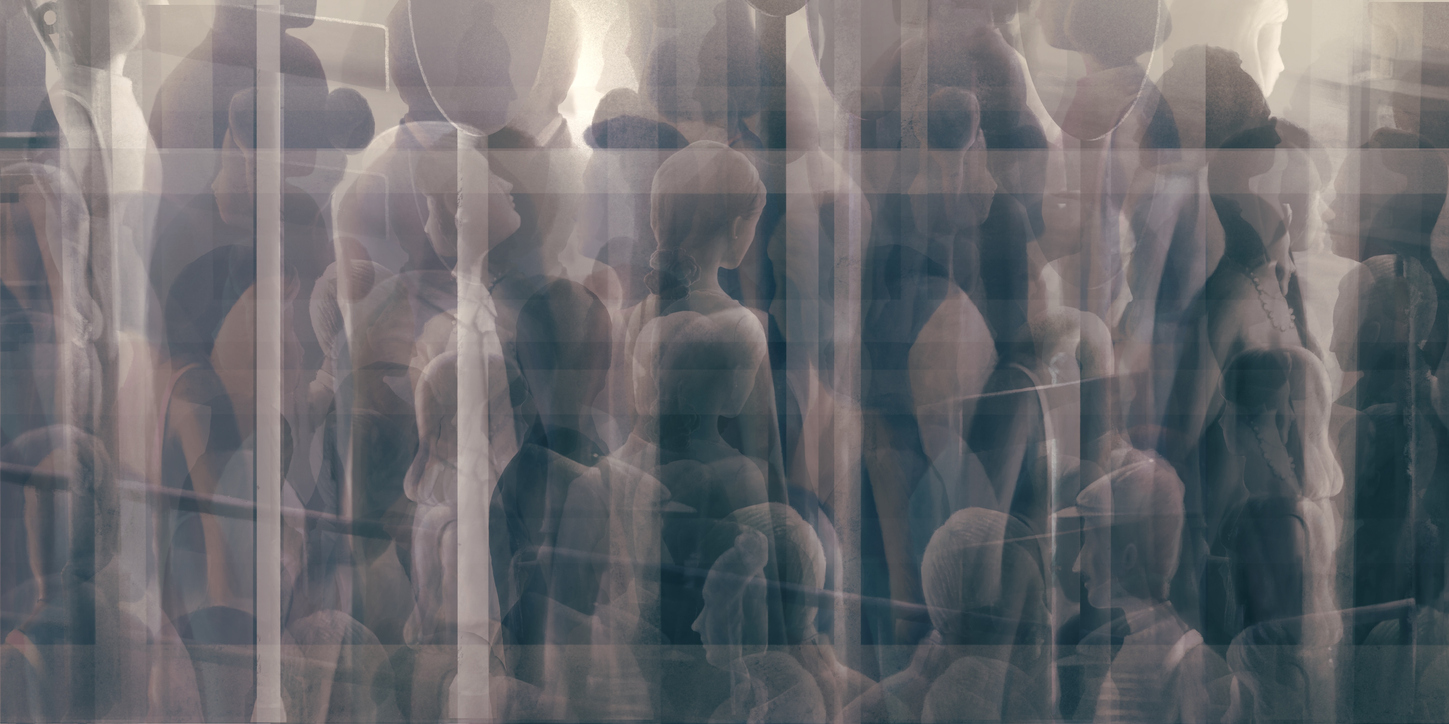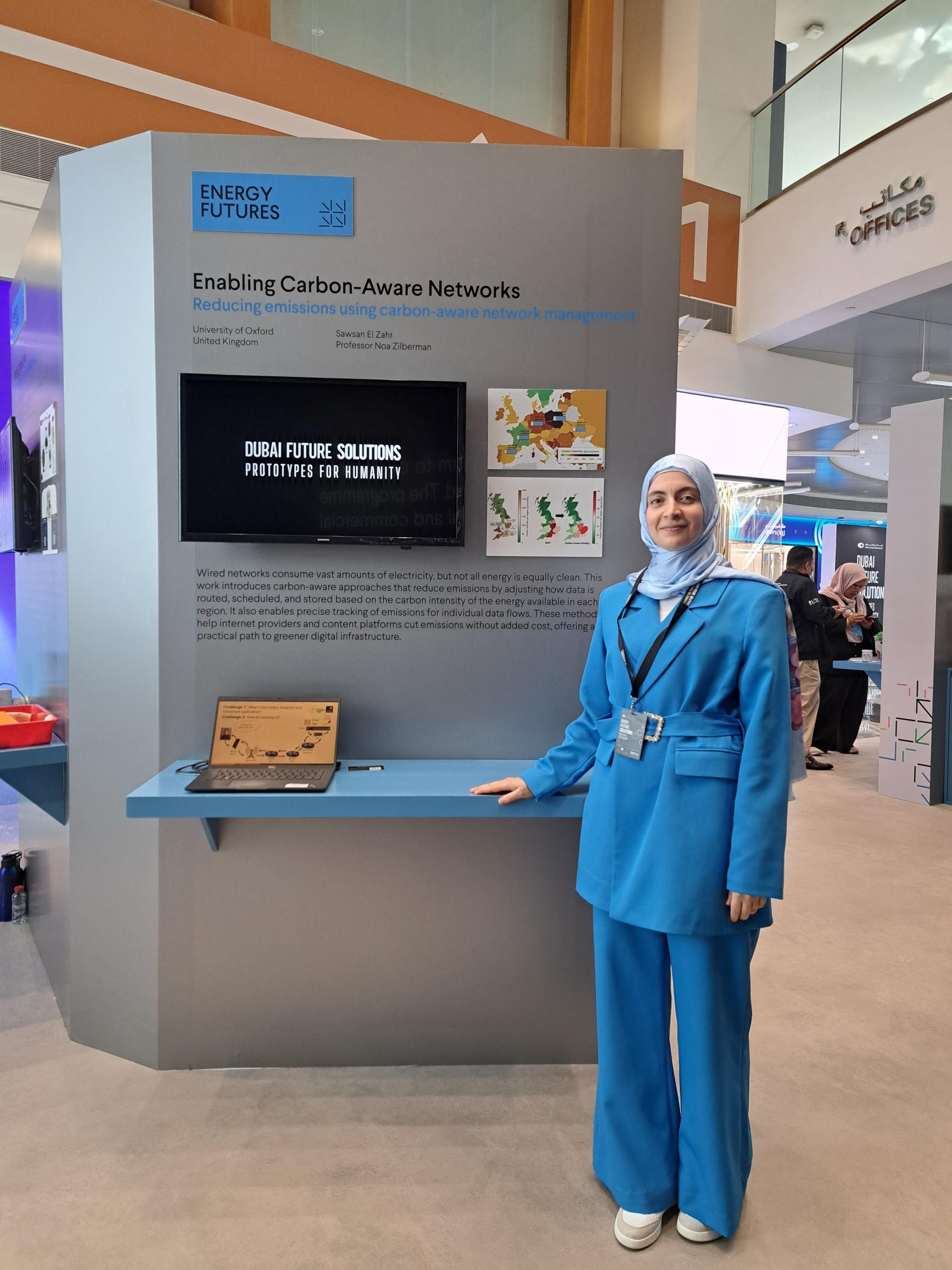ISAC the Ghost!
31 Oct, 2025

The radio waves we use for sending communication messages can also be used as sensors. Imagine a future 6G base station on the street: instead of only sending and receiving data like today’s 5G networks, it also acts like a radar to sense its surroundings. This technology is called Integrated Sensing and Communication (ISAC).
With ISAC, the same electromagnetic waves that deliver messages to your phone can also detect whether a pedestrian is crossing the road or a vehicle is approaching. In other words, a single device can communicate and sense the environment at the same time reducing costs, saving spectrum, and enabling intelligent applications such as autonomous driving, something 5G systems could not fully support.
At CHEDDAR, we carry out practical, sensing-focused ISAC research. One example application helps ageing populations to remain at home safely. Here, we get the network to tell us that a person is in the kitchen, their gait is upright, and their breathing and movement are normal without the need for wearable sensors or intrusive cameras. Electromagnetic waves naturally bounce off people and objects, and we use clever algorithms to interpret these reflections to read gait, breathing, and more.
Recently, Dr. Zichao Shen at Imperial has been scaling up this research into larger spaces and started noticing mysterious, ghostly shapes, faint human-like silhouettes drifting where no objects were detected by the ground truth. After some detective work, he realised these “spirits” were simply reflections of people from nearby surfaces, bouncing signals back in unexpected ways, much like mirrors. He’s now built ghostbuster methods that make these spooky echoes vanish.
ISAC brings many opportunities for more sustainable and cost-effective sensing. However, this capability also introduces new privacy and security risks. If you shout inside a cave, the echo bounces off the walls – your friend can hear it, but someone else in the cave might too, revealing your location. Similarly, in an ISAC system, sensing signals can unintentionally reveal information to unintended listeners (a.k.a. eavesdroppers). Because electromagnetic waves bounce off people and objects, some reflections may travel toward someone who was never meant to receive them. From these leaked echoes, an eavesdropper could infer sensitive details such as where a person is, whether they’re moving or standing still, or even what kind of gestures they’re making.
CHEDDAR takes responsible research seriously and is mapping these issues to inform methods that maintain security and privacy while still taking advantage of ISAC’s enormous potential. Imperial’s Dr Yinchao Yang focuses on protecting against this kind of sensing leakage. His work designs radio waveforms in a way that causes an eavesdropper to not only sense the person but also “see” ghosts mixed in with real readings so they cannot tell which targets actually exist. Legitimate receivers, however, can filter out the ghosts and correctly detect only the real targets. This ensures accurate sensing for authorised users while misleading anyone trying to intercept the echoes.
In other words our researchers are turning “ghosts” from spooky side effects into clever shields for privacy and security.




